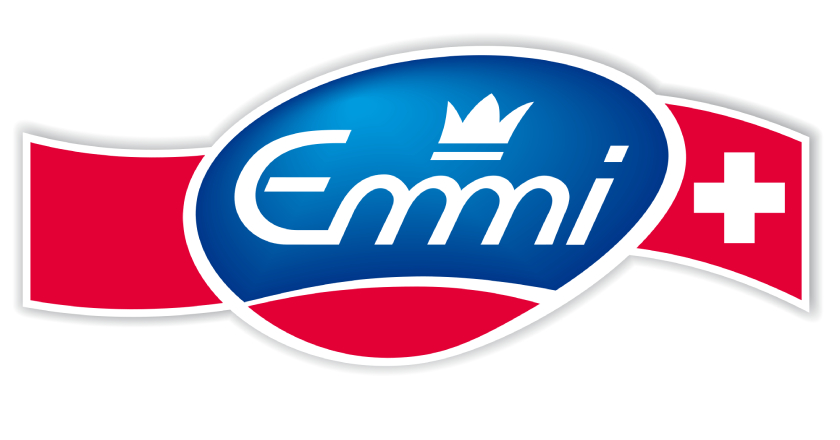Emmi is strengthening its business with innovative Italian dessert specialities and further expanding its strategic pillar of chilled premium desserts. To this end, the production and logistics processes between the two subsidiaries Emmi Dessert Italia and Pasticceria Quadrifoglio have been optimised. Emmi has also increased production capacities and built an innovation centre for premium dessert specialities. According to the company, the expanded, state-of-the-art production facility in Campogalliano is a showcase example in terms of energy efficiency and supports Emmi on its targeted net-zero reduction path with a 2050 horizon.
“As part of our ongoing portfolio transformation, this investment strengthens our innovative power and competitiveness in what is for us a strategically important niche of high-quality, Italian dessert specialities such as Tiramisu or Sorbissimo, which are created by our creative ‘pasticcere’ with a great deal of passion for their craft and enjoyment,” said Ricarda Demarmels, CEO of the Emmi Group.
The chilled premium desserts business has grown steadily in recent years. With an optimised production and logistics structure, synergies between the two Italian companies can be exploited while at the same time increasing the focus on their core business and their respective strengths. Emmi Dessert Italia focuses on chilled premium desserts from Rachelli and Bontà Divina in the retail sector. Pasticceria Quadrifoglio, on the other hand, develops innovative creations for the food service sector that require a great deal of flexibility and craftsmanship. To this end, Emmi expanded production capacities at the existing site in Campogalliano, in particular with an innovation centre. The innovative strength from the centre of excellence is to be multiplied across Emmi’s entire dessert network.
The expanded, net-zero production facility is a showcase in terms of energy efficiency. The process heat required for the production of dessert specialities is generated by a heat pump powered by electricity from the company’s own photovoltaic system or purchased green electricity. In the process, a large part of the waste heat can be reused.



